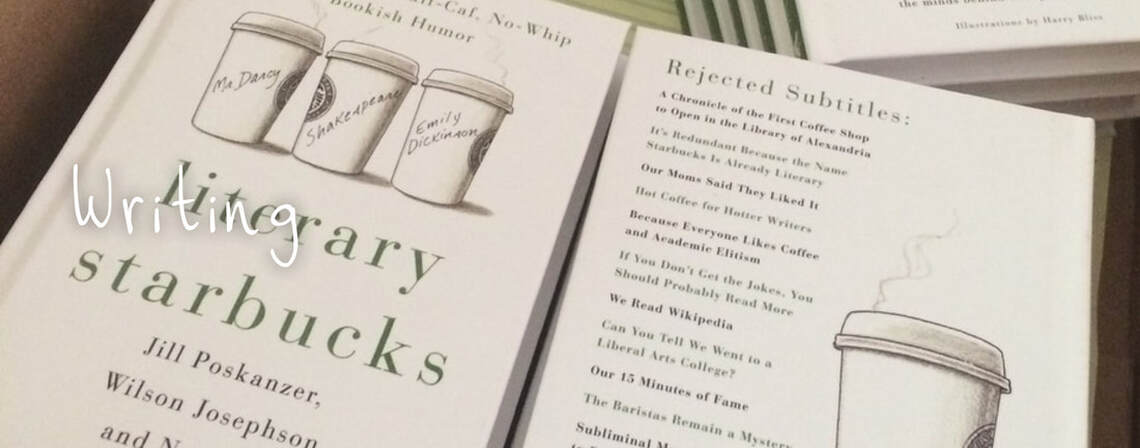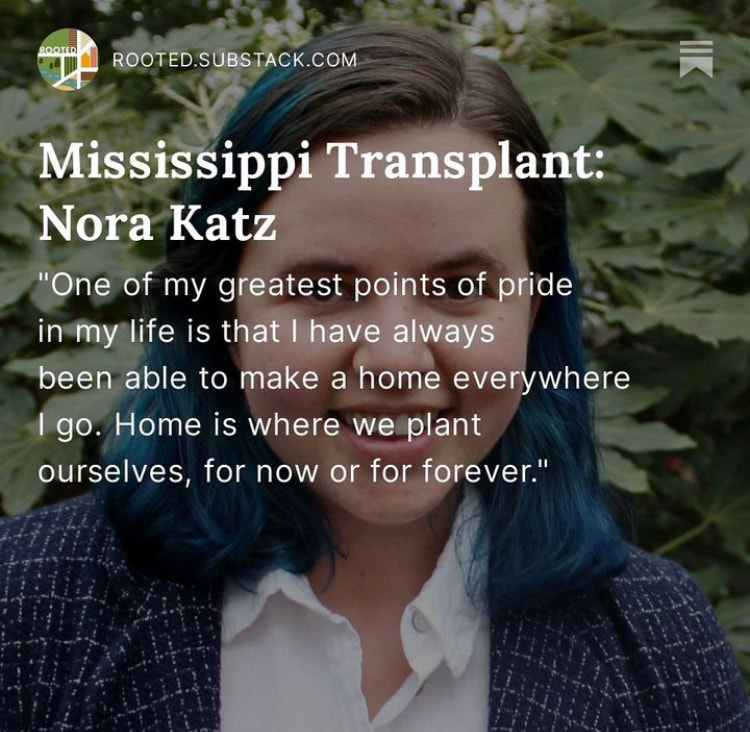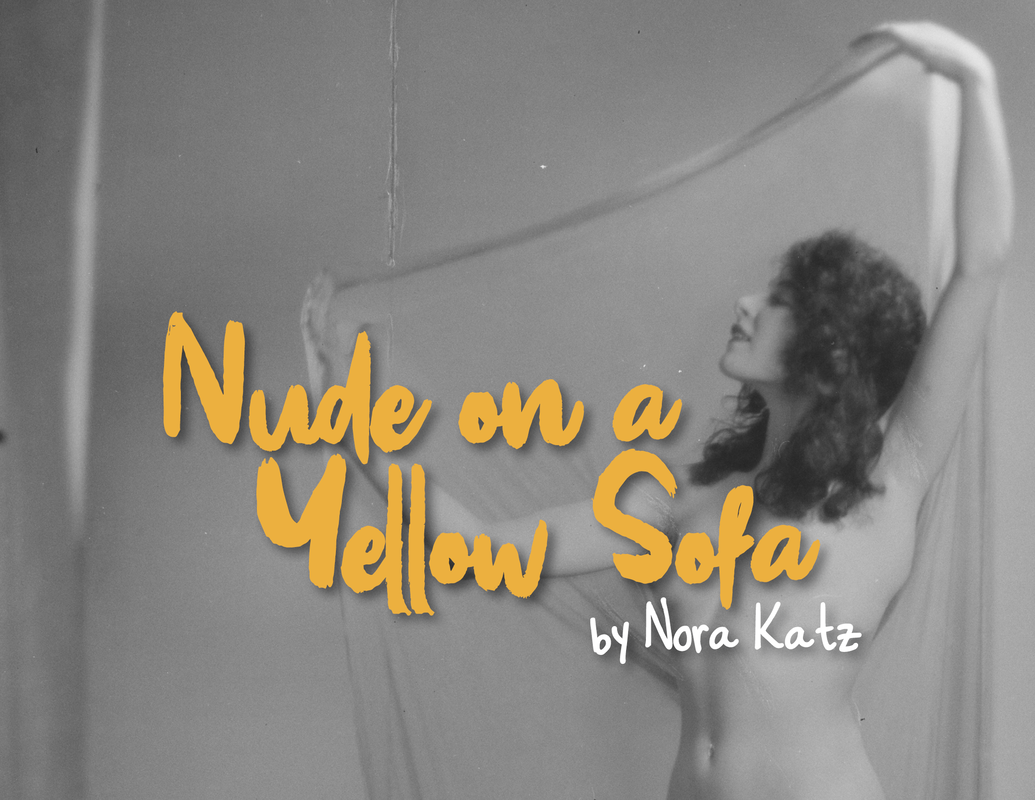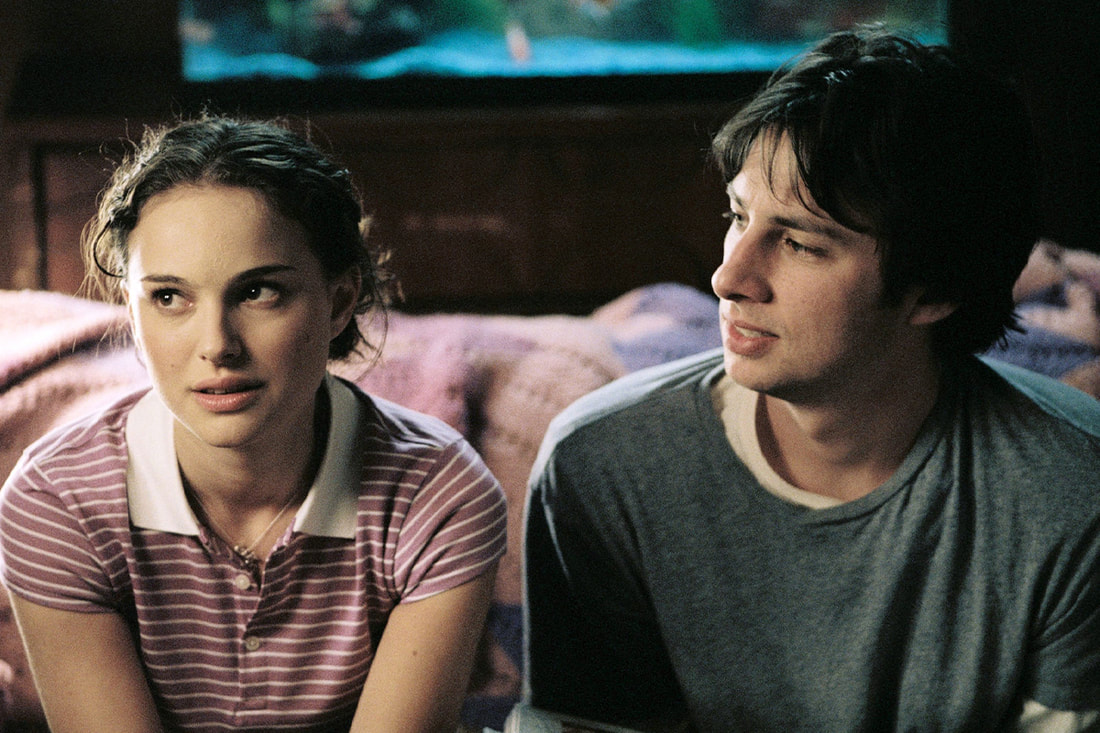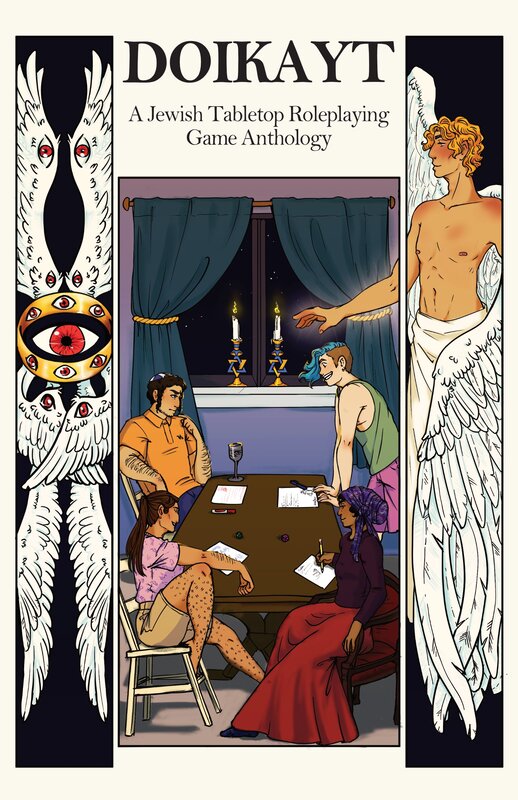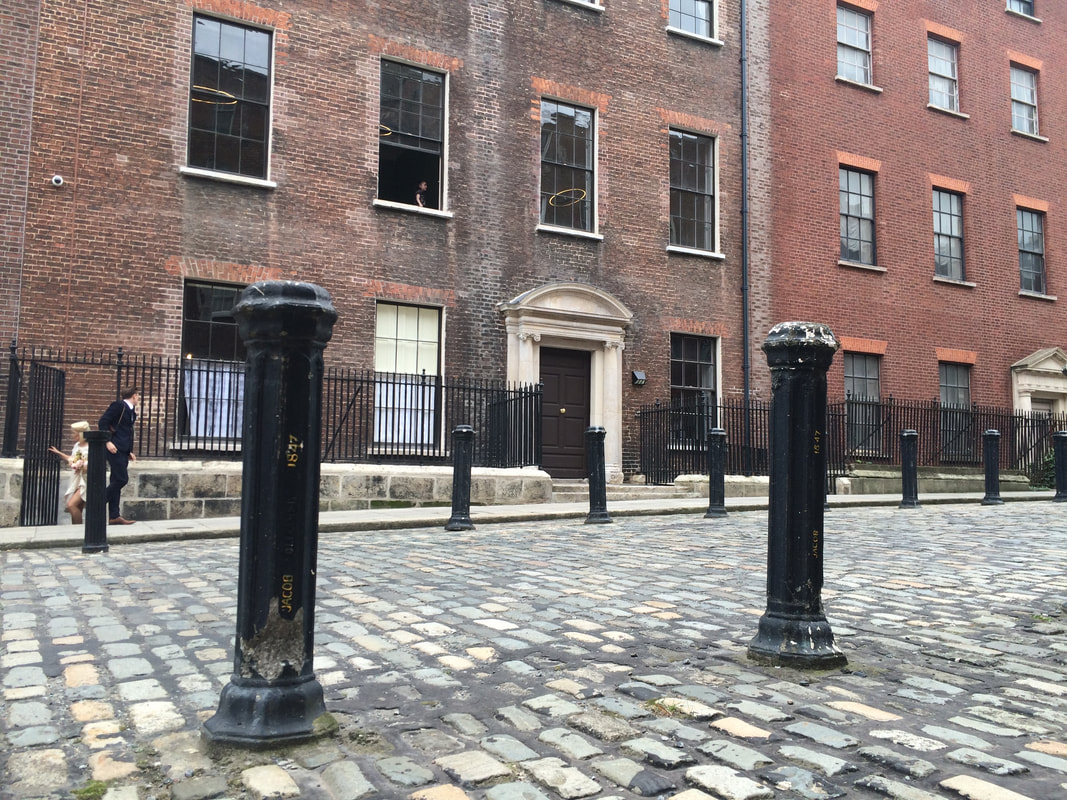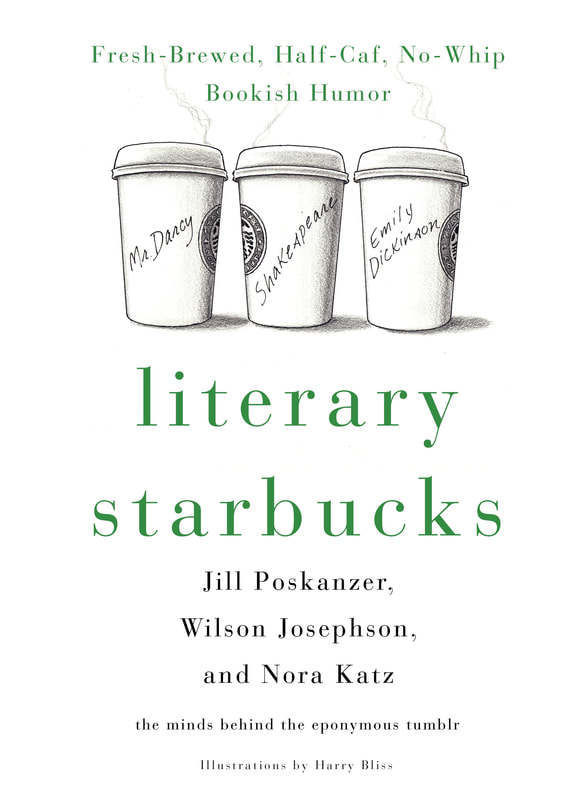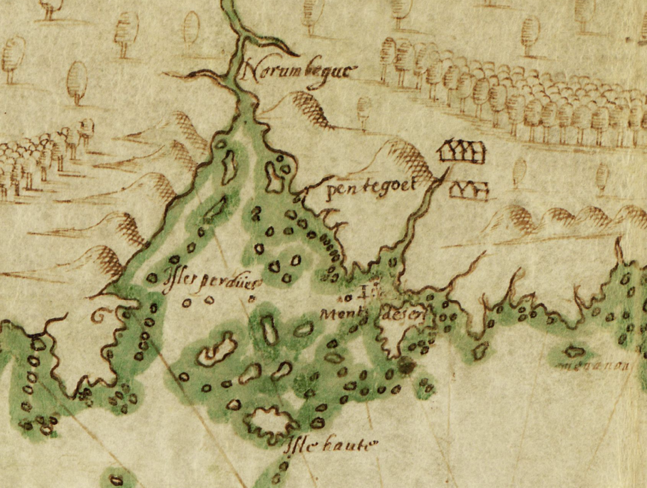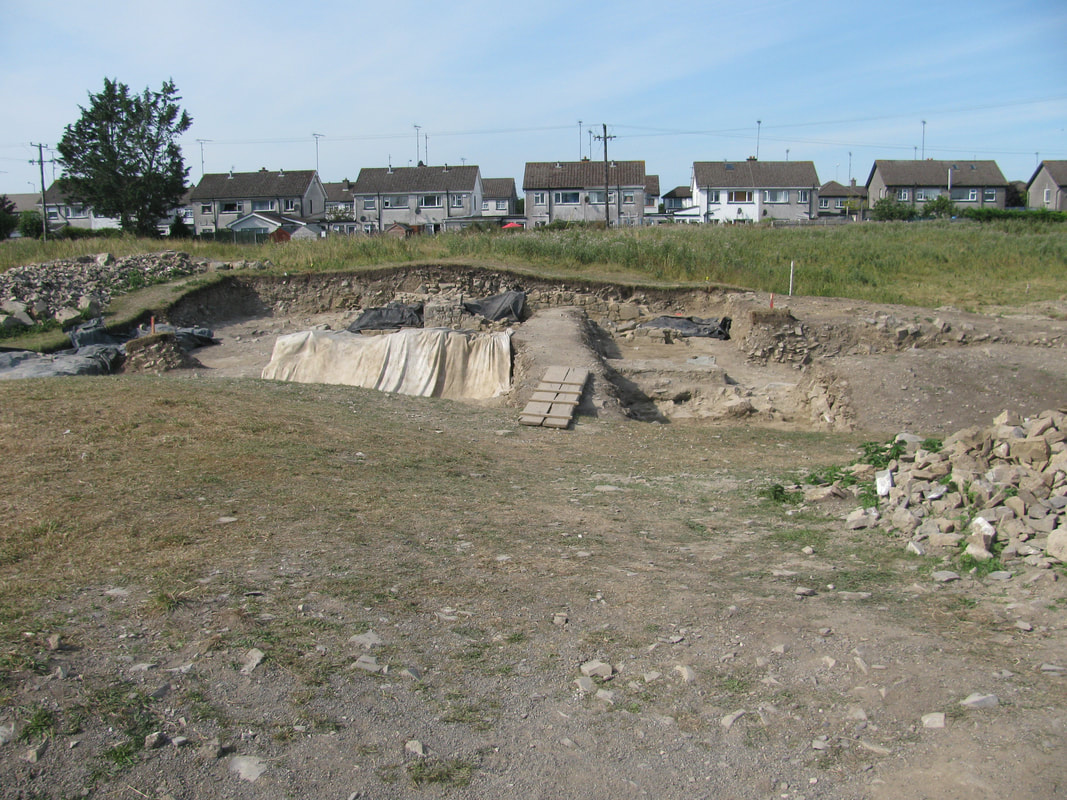|
Mississippi Transplant: Nora Katz
Rooted Magazine, 2023 |
What is something that you’ve learned about Mississippi only by living here? In what ways has Mississippi lived up to your expectations? Mississippi is a place where trauma/pain/violence coexists with profound and radical joy. I have never lived in a place where people care so deeply about their state—patronizing local businesses, going to every local event, advocating for what we need, being deeply involved in community organizations and mutual aid. We are angry about injustice, but we are also so in love with this place. I came to Mississippi with no expectations, but the greatest gift this place has given me (other than meaningful and lasting relationships) is a deep belief in the power of joy.
Read my reflections on life in Mississippi in Rooted, an online magazine that shares stories of place from the people who call Mississippi home. |
|
Nude on a Yellow Sofa
Tabletop role-playing game, 2022 |
Being a muse is hard, often thankless work. To be an artistic collaborator is to bare your soul, to take risks, and to make sacrifices. “Nude on a Yellow Sofa'' imagines a creative partnership between two artists that is equitable, fruitful, and complex. The game uses the artmaking process to trace the trajectory of that partnership as it comes to an end, and then explores what comes after. The game is played over the course of nine Periods, representing pivotal moments in the relationship between the characters. During each Period, the players discuss the evolution of the relationship between their characters while simultaneously creating works of art.
"Nude on a Yellow Sofa" won Best Analog Game in Techdirt's Gaming Like It's 1926, and is available for download (along with my other tabletop role-playing games) on my Itch page. Read a review of the game here! |
|
"Revisiting ‘Garden State,’ the Pinnacle of Upper Class Jewish American Neurosis"
Article published in Alma, 2021 |
I have long been a person who ravenously consumes media about white men’s listlessness — the Decemberists, the National, Bright Eyes, John Steinbeck, Herman Melville… the list goes on. Those bands (and books) share themes of uprootedness, restlessness and nostalgia that constantly come back to me, especially when I revisit the cultural touchstones that shaped my teenage years. Which brings us to my recent re-watching of 2004’s “Garden State,” which is at its core a paean to 20-something mid-Atlantic white boy ennui.
This personal reflection on the cult classic was featured in Alma, a major online publication. |
|
Doikayt: A Jewish TTRPG Anthology
Kickstarter project, 2020 |
Doikayt is an anthology of short tabletop roleplaying games about Judaism or Jewish themes, written and illustrated by Jews. I wrote the comedic game "Lunch Rush: A Geshmak RPG," a game where players take on the roles of employees in a noisy, crowded, and far from Zagat-rated Jewish delicatessen. Faced with customers with specific dietary restrictions, personality quirks, checkered pasts, and unreasonable demands, the deli's hardworking staff must sling reubens and black and white cookies as they use their chutzpah (audacity), gezunt (fortitude), Yidishe kop (cleverness), and tsuris (desperation) to grasp at greatness.
The Kickstarter was fully funded in 24 hours, but you can preorder the book now! Check out my other tabletop role-playing games on my Itch page. |
|
No More Fourth Wall: Performing Reality, Witnessing History, and the Rise of ANU Productions
Master's Thesis, Trinity College Dublin, 2017 |
Dublin-based theatre company ANU Productions emerged in 2009 and has transitioned from presenting contemporary social commentaries to producing works that fit into government-endorsed narratives about the Irish revolutionary past. Their work is linked to the development of environmental theatre in the 1960s and the increasing internationalization of the Irish theatre scene since the 1990s. Arts funding in the past ten years—a decade that has included both the collapse of the Celtic Tiger and the revitalizing force of arts-based centenary commemorations—has proven lucrative for experimental, and specifically history-based, theatre.
This thesis critically examines the intersection between theatre and history as it manifests in ANU’s work. The project relies on interviews with ANU company members and collaborators, revealing the process of devising and collaboration that results in both highly conceptual and more traditional performances. ANU spectators are invited to experience and physically engage with the traumatic past rather than simply watching events unfold; this “ethical witnessing” is a hallmark of the company’s success. But their work falls short of successful historical inquiry because it relies on reconstructions of an imagined past, rather than encouraging analysis and investigation. Historic buildings and artifacts are used as a means of accessing collective memory, rather than a means of exploring it critically. ANU’s performance of reality is deeply theatrical, rather than effectively historical. What is next for ANU Productions? And what does it mean for avant-garde theatre companies to produce history-inspired works while aligning themselves with the commemorative establishment? History and theatre are inextricably linked; performing the past—and talking about the process—is delicate, dangerous, inspiring work. |
|
Literary Starbucks
St. Martin's Press, 2016 |
Based on the viral Tumblr of the same name, Literary Starbucks transports readers into a fantasy world where their favorite authors and characters from literature go to Starbucks in the present day. The book is available on Amazon, Barnes & Noble, or your local independent bookseller.
Frodo goes up to the counter and tries and fails to order a cup of tea. Samwise, who is accompanying him, says, “Master Frodo will have a grande green tea with room for cream, please.” The barista hands the cup to Frodo, and the entire shop cheers. “Huzzah!” they cry. “Look at Frodo Baggins, ordering that cup of tea all by himself!” Later, Sam puts out a fire in the kitchen and Frodo is given the Presidential Medal of Freedom. Literary Starbucks is now available in German! |
|
Mapping Norumbega: Aesthetics of Barren and Bountiful Landscapes in Samuel de Champlain's New France, 1607-1632
Senior Comprehensive Thesis, Carleton College, 2016 View my presentation on my research as a recipient of the 2015 Edward H. "Ted" Mullin '06 Fellowship Prize at Carleton College here.
|
As the culmination of my history studies at Carleton College, I was able to travel to the John Carter Brown Library in Providence, Rhode Island; the Osher Map Library in Portland, Maine; and the Library of Congress to do research on Samuel de Champlain's mapmaking legacy.
Samuel de Champlain was unimpressed by Mount Desert Island (or, as he named it, Isle des Monts-Deserts). In fact, he found it thoroughly inconsequential and rather useless. As a potential colonial outpost, the island was worth little to him: it had no farmland, bad soil, and a harsh climate. But it served as an important landmark near the mouth of the Penobscot, the river Champlain knew he must traverse if he was to gain a clearer sense of the region we now know as Maine. Champlain was fascinated by the landscape but described the island solely in quantitative terms: “an island about four or five leagues long,” with “eight or nine peaks.” He described the trees on the island and the quality of the interaction he had with the island’s resident Wabanaki tribe. In all, a description of Champlain’s few days on the island takes up less than two pages in his first publication about the experience. Why, then, is Mount Desert Island worthy of study in the larger context of Champlain’s life? What does it tell us about the way Champlain viewed the land around him? It serves as an example of Champlain’s complex relationships with the places he explored, and how he presented his views on barren and bountiful landscapes in terms of their potential for settlement and cultivation. |
|
Change from the Periphery: Christian Wilhelm Von Dohm, David de Isaac Cohen Nassy, and an Atlantic Jewish Republic of Letters
Published in the Carleton Historical Review (June 2015) and the Gateway Journal of Washington University St. Louis (May 2016). |
As a specialist in the Atlantic World, I am interested in the relationships between the continents and societies around the Atlantic Ocean, specifically during the Age of Exploration and the colonial projects that followed. The Dutch colony in Suriname is an important part of this story, but it is one that is often pushed by the wayside. This project offered me my first opportunity to do full, in-depth primary source research, and also saw my first academic publication.
It is a warm night in the small Dutch colony of Suriname. Members of the Surinaamse Lettervrienden, an inter-religious Surinamese literary society founded in 1786, have been invited to a public discussion and lecture. The lecture is sure to be an interesting one, dealing with topics that these men have read about in books and letters sent across the ocean from the European continent. These colonial residents have never traveled outside of the small colony, and their only contact with the world beyond Suriname occurs through correspondence and reading books sent from Holland to Suriname’s library, which is said to rival its North American counterparts. One person arrives early to the lecture, and is surprised to find every seat vacant. As the hour approaches, it becomes clear that he is the only person who will be in attendance. Hardly seeing the point of presenting a paper to one person, the lecturer leaves. |
|
"The Sound of Pealing Bells:" The Blackfriary Community Archaeology Project as a Case Study for Religious Community and Context in Medieval Trim, Ireland
Presented at the Archaeological Institute of America Society of Minnesota Poster Session at Macalester College (October 2014). |
After spending six weeks as a student excavator at the Blackfriary Community Archaeology Project in the summer of 2014, I created this poster to present my research on the religious community in medieval Trim.
As we look toward the future of the Blackfriary as a community gathering place and a central part of the cultural fabric of Trim, we need to ask questions about the site in Trim’s past. Did citizens of medieval Trim see themselves as part of a religious community? Did they identify as stakeholders of the Blackfriary? Do modern citizens of Trim see the Blackfriary as an important part of their community? By gaining insights into the religious fabric of Trim’s past through archaeological excavation and historical research, we can help to shape the Blackfriary’s hopefully valued place in Trim’s future. |
|
"We Keep Moving Forward:" Reimagining Writing Center Approaches to Non-Traditional Assignments
Proposal accepted for presentation at the International Writing Centers Association / National Conference on Peer Tutoring in Writing in Orlando, Florida (October 2014). |
While working as a student exhibition assistant for History 137. Early Medieval Worlds at Carleton College, I had the opportunity to present a work-in-progress report on the hybrid role at the International Writing Centers Association Conference. This proposal distills my presentation and represents my unique experience as a presenter at an international conference.
Combining the writing assistant role with an exhibition assistant role requires a renewed focus on visual literacy, an understanding of the museum world, and the ability to adapt and change. This presentation will dive deeply into the potential future of this hybrid position and explore the imagination and determination required to rethink the role of writing assistants when dealing with non-traditional assignments. The presentation will also focus on the challenges and joys of envisioning a new future for writing centers. As Walt Disney once said, “It’s kind of fun to do the impossible.” Click here to read more. |

